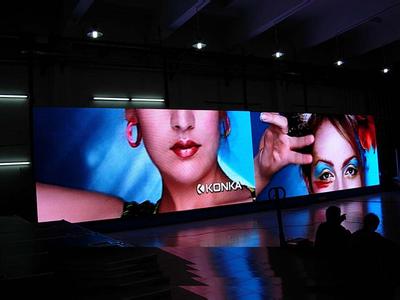 For a long time, LED display companies always have various considerations and scruples when choosing the channels. As the industry gradually matures, the market pattern develops in the direction of the scale effect of Evergrande, and at the same time, the history of competition is unprecedented, and there are many uncertain factors in the survival of enterprises. All these influence the way companies gradually change their own channels.
For a long time, LED display companies always have various considerations and scruples when choosing the channels. As the industry gradually matures, the market pattern develops in the direction of the scale effect of Evergrande, and at the same time, the history of competition is unprecedented, and there are many uncertain factors in the survival of enterprises. All these influence the way companies gradually change their own channels. Direct sales and distribution, in the end which kind of channel is more suitable for LED display industry? For LED display companies, different positioning has different preferences, direct sales are relatively lucrative, and can also be in direct contact with customers, but orders are limited, back The money is harder; the distribution market has a high market share, wide coverage, low profits, and high management difficulty. Therefore, in the current situation, whether it is direct sales or distribution models, it is feasible to sell products, maintain the development of the company, and promote brand accumulation.
Crowd contest
In terms of interpretation, the sales channel is the use of channels as the sales form of sales vehicles. It mainly refers to how to develop and select dealers, dealers' daily management, how to assist dealers in marketing, daily maintenance, etc., and can change according to the market. The corresponding strategy is proposed to effectively incentivize the distributors to grow together with the sales process. Of course, some market conflicts should also be dealt with.
LED display industry sales channels are mainly divided into two categories, direct sales and distribution. Among them, the direct sales model is mainly a project application project channel. The display manufacturer directly contacts with the customer, or contacts the terminal customer indirectly through bidding or bidding. In short, the product does not need to be faked by the sales of the other party. Distribution mainly includes agents and distributors, and display manufacturing companies provide products that are mainly sold to dealers and agents throughout the country for sales. Due to the industry nature of LED displays, the division of channels is usually not so clear. A display manufacturer can choose both direct sales and distribution.
First of all, the channels for direct sales are direct and clear, with a large proportion in the industry. So far, the application of LED display industry is still based on engineering channels, especially the full color screen project to achieve direct sales in the form of manufacturers bidding, industry relations and industry influence. Due to the obvious nature of LED full color display engineering, the project usually includes product design, engineering construction and after-sales maintenance. Due to the small number of projects, large investment, long collection time and high risk, the dealers play a relatively small role, so the industry channel structure is relatively simple.
Second, distribution can quickly occupy the market and reduce corporate capital risks. Due to the country’s advocacy for the thrifty atmosphere of large-scale project activities and evening parties, it invisible restricts the pulling of large-scale events on LED displays. On the contrary, more private owners and households replacing traditional advertising media inside and outside of households are showing signs of growth. Display companies in order to occupy a larger market space continue to develop dealers and agents, and thus the distribution channel to obtain rapid development. At the same time, the financial risk of the LED display industry is a big problem that plagues every enterprise. On the one hand, profits are meagre, and at the same time, they have to accept layers of payment. Many companies are forced to choose a distribution model in this context.
From a profit perspective, direct sales gross profit is obviously higher than distribution, but the payment period is uncertain. Therefore, domestic display manufacturers are facing a choice to control the market or control product gross margins. If you want to expand the business market Occupation, wide open channels, then the distribution is obviously more suitable, if you want to maintain a stable higher profit margins, direct sales model meets the goal.
Judging from the current market, in the short term, the total sales volume of the LED full-color screen market is still dominated by the direct sales model. At the same time, the distribution model has been increasingly favored by small and medium-sized enterprises and large-scale enterprises, and has become a distribution channel throughout the country. More obvious.
In the end, which model is suitable for the operation of a company, of course, can not make judgments in a unified manner. In the future, if companies want to compete for a place in the channel field, they still need to assess the situation and tailor their clothing.
Future channel expansion screen companies need to tailor
People in the industry believe that with the further intensification of market competition, the competitive advantages of industry leaders at the product factor level (quality, price, delivery, service, etc.) will gradually become more consistent, and channel competition will begin to move to the front desk. The sales model of salespersons will begin to shift to systematic and specialized channel operations.
Undoubtedly, regardless of whether it is an engineering project or an ordinary application, the LED display industry will have a certain amount of room for growth each year, and direct sales and distribution channels will have opportunities. For enterprises, what kind of channels are selected is sometimes due to market needs, and sometimes forced to do so. In short, no matter which channel model is chosen, the company should have a clear understanding of the market itself.
The market is the guide for the channel. Wherever there is a need, there are channels. The premise of channel planning is to investigate the composition and needs of the market. The LED display industry includes numerous segments, advertising media, information displays, stage performances, stadiums and various special applications. Among them, the major areas include low, medium and high-end applications. For high-end engineering applications, the direct sales model is obviously more competitive. Through tendering, bidding and competitive bidding, as many as several dozens of companies compete for a single project. If it is a small project, there will usually be some network around each other, and the degree of competition will be relatively moderate. In the general rental and commercial markets, the distribution model is more flexible.
The size and positioning of a company is a crucial factor in determining the company's choice of channels. For the display companies at this stage, there is no market demand, but the market competition is too fierce, and direct sales cannot be received. When receiving the orders, they are worried that they will not receive the funds, and the receipt of funds is also a meager profit. Following the unsuccessful distribution of orders but the management of agents and distributors around the country is difficult, but also worried about being taken away by other companies, how to ensure the scale of shipment is a headache. Therefore, the company determines what kind of positioning and according to their own funds, hardware and software capabilities can accurately select the channel model. If it is based on wholesale, then it is suitable for distribution mode, such as Xiamen Strong Giant Color, Shenzhen Huaxia Guangcai and other enterprises are mainly based on product wholesale, and the distribution model accounts for a larger proportion of corporate profits. If the company itself is well-funded and does not have project engineering orders, then it is natural to be able to operate directly from direct sales operations, such as Shanghai Sansi and Shenzhen Redio.
Of course, many companies have direct sales and distribution, such as Shenzhen Zhou Ming Technology, and some companies from direct sales to distribution, such as Shenzhen Light Technology, and some from distribution to direct sales, such as Shenzhen Radisson. In many cases, the channels are not completely bounded. Display companies are not confined to the construction of any channel. They are even trying more new channels. In short, the channels that can sell products to make money are respectable.
Zhou Ming Technology: Solid distribution channels push new products to occupy the commanding point of direct sales
Zhou Ming is an LED display industry company that proposed to sell channels earlier. Over the years, the number of dealers and agents in the entire country ranks first in the industry. Not only that, but the relationship between Zhou Ming and distributors in all parts of the country is very strong. Harmony, this is where the industry relishes. Wu Jiantao, executive deputy general manager of the Chau Ming Technology Display Division, once said that Zhou Ming and channel distributors are loosely connected. On the one hand, Zhouming maintains a close cooperation relationship with channel distributors, treats each other as friends, and strengthens the channel distributors' involvement in corporate affairs; on the other hand, it relaxes the marketing interests of channel distributors and gives channel distributors independent market and development. Space will help channel developers develop local markets. At the same time, Zhou Ming also insisted on the principle of unified deployment, unified management, and unified image, and effectively consolidate and consolidate distribution channels.
The distribution channels allowed Zhou Ming to achieve a big leap and rapidly occupy markets across the country. At the same time, distribution also laid the leading position for Zhou Ming in the channel field. Although Zhou Ming has already been listed, the channel for repairs is still the business of Zhou Ming.
At the same time, Zhouming actively deploys high-end products such as high-density and small-pitch LED display screens in order to occupy the high-profit space brought by the large screen splicing market in the interior. The high-density and small-pitch LED display is an emerging industrial hot spot in the past two years. It has not only triggered the rush of many enterprises in the LED display industry, but also caused the attention of traditional indoor display devices. With the popularity of LED super TVs in various regions, Zhou Ming, Liad and other listed companies have reached their daily limit. From the perspective of market applications, the profit margin of high-density, small-pitch LED displays is as much as 30% to 40% higher than that of ordinary displays, which brings good news for corporate profits.
Because high-density and small-pitch LED display screens are products with higher performance and strict requirements for design and maintenance, most companies use direct sales, and small ones are distributed to distributors and agents, and some enterprises implement wholesale. In addition to LED super TV and other new products detonated the eye of the industry, naked-eye 3DLED super TV is based on this breakthrough in innovation, which is the first cross-border product launched in the LED display industry. Obviously, these high-end products will help Zhou Ming increase the competitive chips on the direct sales channel and occupy the profit margin.
Shanghai Sansi: Spokesperson of Direct Marketing Model
Shanghai Sansi has made many firsts in the LED display industry and has left many mysteries. Sansi is the first company in the LED display industry to achieve a revenue of RMB 1 billion; it has long dominated the field of LED traffic displays; it is also very successful in making lighting across the display area; Listing and so on. At the same time, Sansi executives also adhere to the principle of non-internet, not exhibiting or promoting. When other company news continues, think twice in a low-key way in the direct sales channel.
Sansi has many reliable dealers and partners throughout the country and even the whole world. This fixed channel network allows Sansi to firmly grasp the engineering channel market throughout the country. Thanks to TSE's 20 years of project experience in the engineering channel, especially the road traffic display and lighting experience, it is almost impossible for Sansi to worry about getting out of the municipal order. At the same time, Sansi also has strong backing support, namely financial strength and product quality assurance. Due to the length of the repayment period of direct sales, the repayment amount depends on the use of the product. Think twice clearly has advantages.
Even though the overall price reduction of LED display screens is very large, affecting the pricing and profitability of the ThinkPad, the sales price of the ThinkPad still maintains a certain level of revenue, thanks to the irreplaceable direct channel network and long-term brand accumulation. . Sansi’s reputation adds a lot of added value to product sales. This is where the LED display industry needs to learn and learn.
Powerful Giant Color: Creating New Ace of Distribution Channels
Strong Giant Color has grown at an alarming rate since 2011 and has become one of the top companies in the industry. The reason why the express expansion is realized within a short period of time is the comprehensive and advanced distribution channel network that attracts most attention. It is reported that strong in the country has 26 direct operating offices, more than 200 special dealers. Strong dealers have independently assumed the functions of warehouse, order processing, and after-sales. In addition to the development of first-tier city dealers, Strong Giant Color also vigorously developed second- and third-tier city dealers and overseas distributors.
The strong giant color that chooses distribution as the main channel mainly uses conventional display screens as sales vehicles. Especially the single-color led display market, the market share of strong giant color ranks first in the industry. In order to meet more market demands, Strong is vigorously promoting full-color led display screens, and even special products for engineering projects, can also supply for dealers and agents.
In addition, Qiang Power Giant also cooperated with Xi'an Nova, Changzhou Chuanglian, and used three bundled sales methods to achieve a wider range of applications through powerful giant color distribution channels. This mode of cooperation has been used in direct sales channels, and it is also a development trend to be used in the distribution market.
The channel is a bridge for the enterprise to reach the market. Whoever seizes the channel will take the lead. There are no bad channels. Only companies that do not have a layout, whether direct marketing or distribution, can use their distribution channels to realize their product channels. Direct sales help companies to quickly feedback market information, through the preliminary field trips, program design, product manufacturing, installation and maintenance of a complete set of service processes, establish communication and contact with the terminal customers, and increase product added value and corporate reputation. Distribution reduces the communication troubles between companies and complex customers across the country. The scaled and standardized shipping process is fixed and single, which helps the company achieve rapid large-scale development with high stability.
There are no absolute boundaries, there is no absolute strength, LED display industry channels will only have advantages and disadvantages because they do not match the object and positioning of the enterprise itself. The market for appeal is different, and the channels are different. As long as they can help companies profitably sell their products, they can all learn from one another. In addition to direct sales and distribution, there may be more and more special channels in the future, so look forward to it.
The Taihang Jiaxin charger is controlled by a solid-state thyristor with electronic sensing and monitoring functions. The main function of the charging system is to charge the battery without supervision while providing a continuous load. The charging characteristic is a constant potential with a current limit. The charger rectifier circuit provides 100% of the rated current, while the float/boost charges a group of lead-acid batteries. The system is also suitable for maintenance and non-maintenance operations.
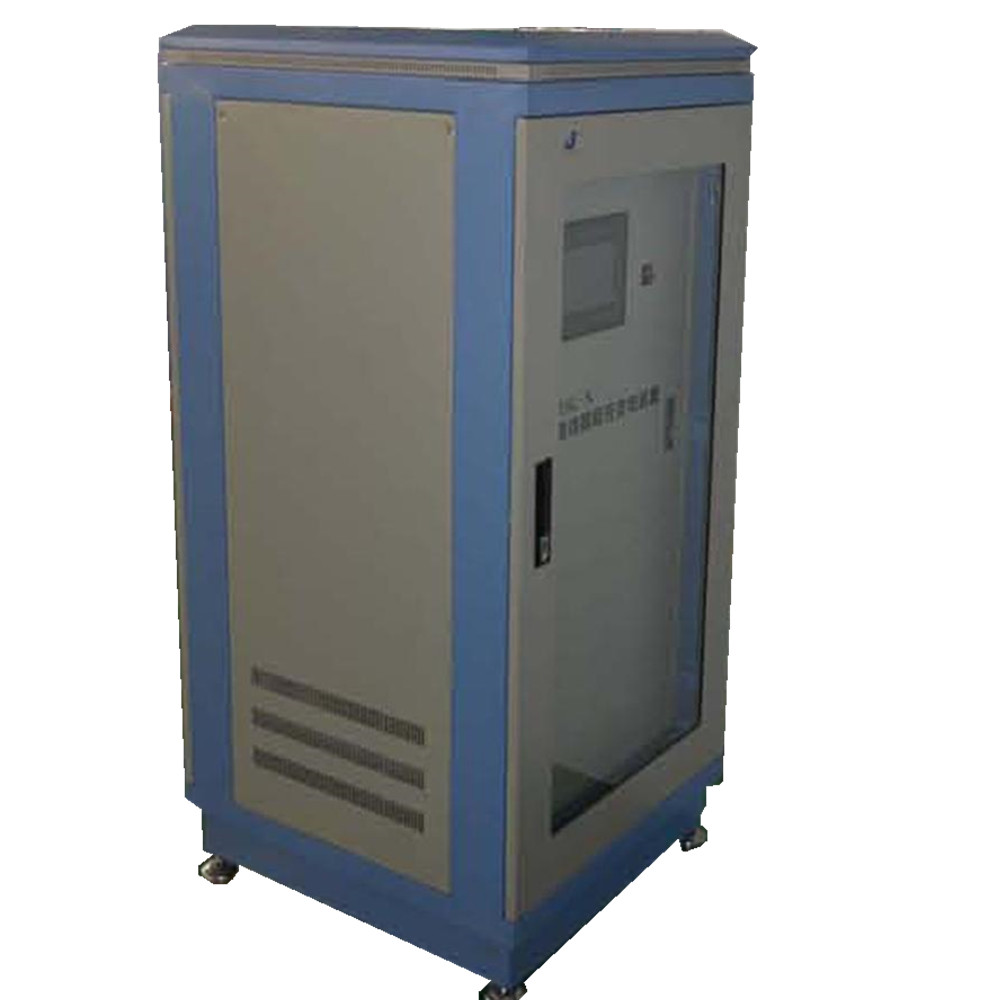


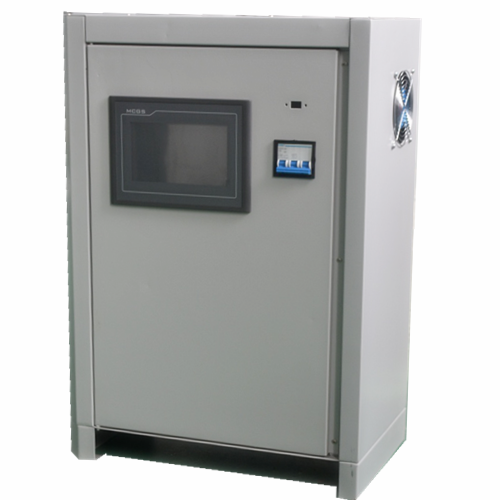
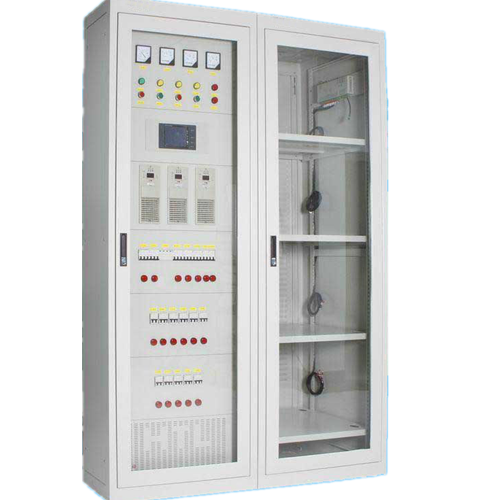
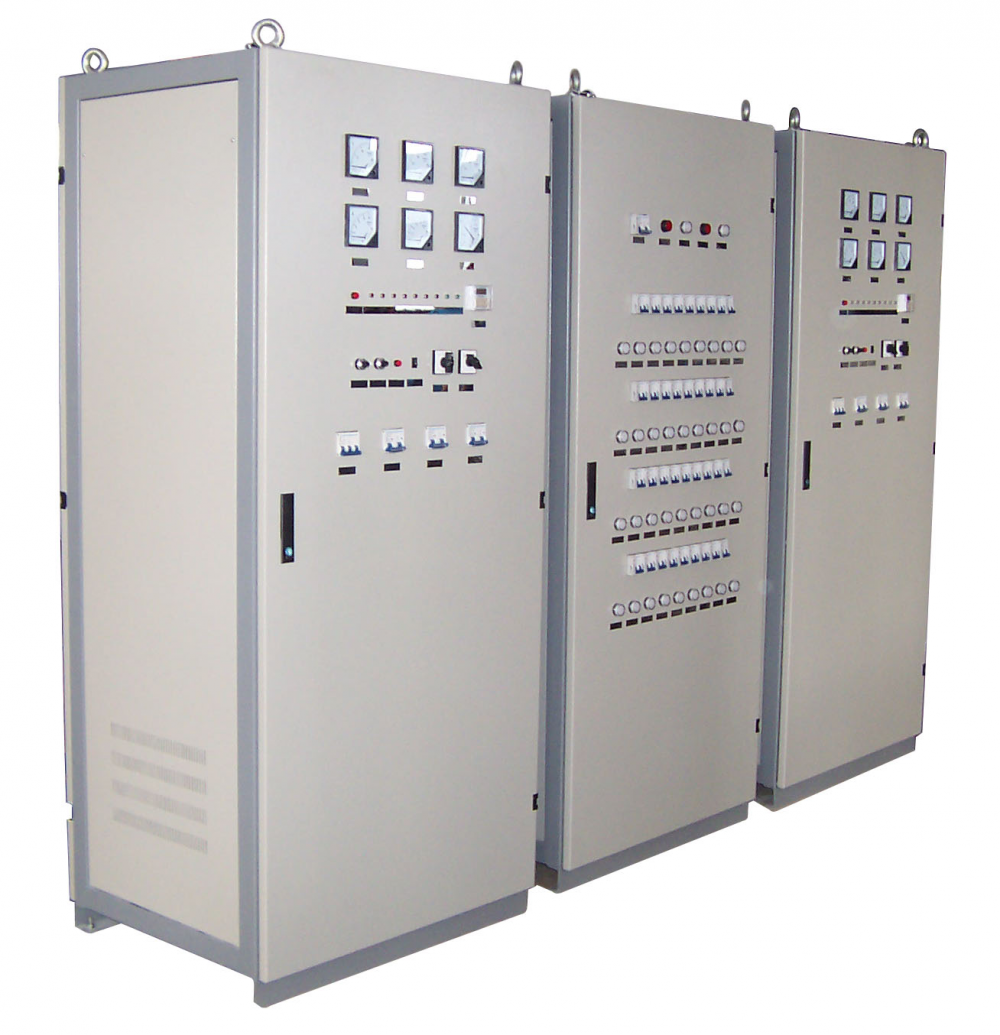

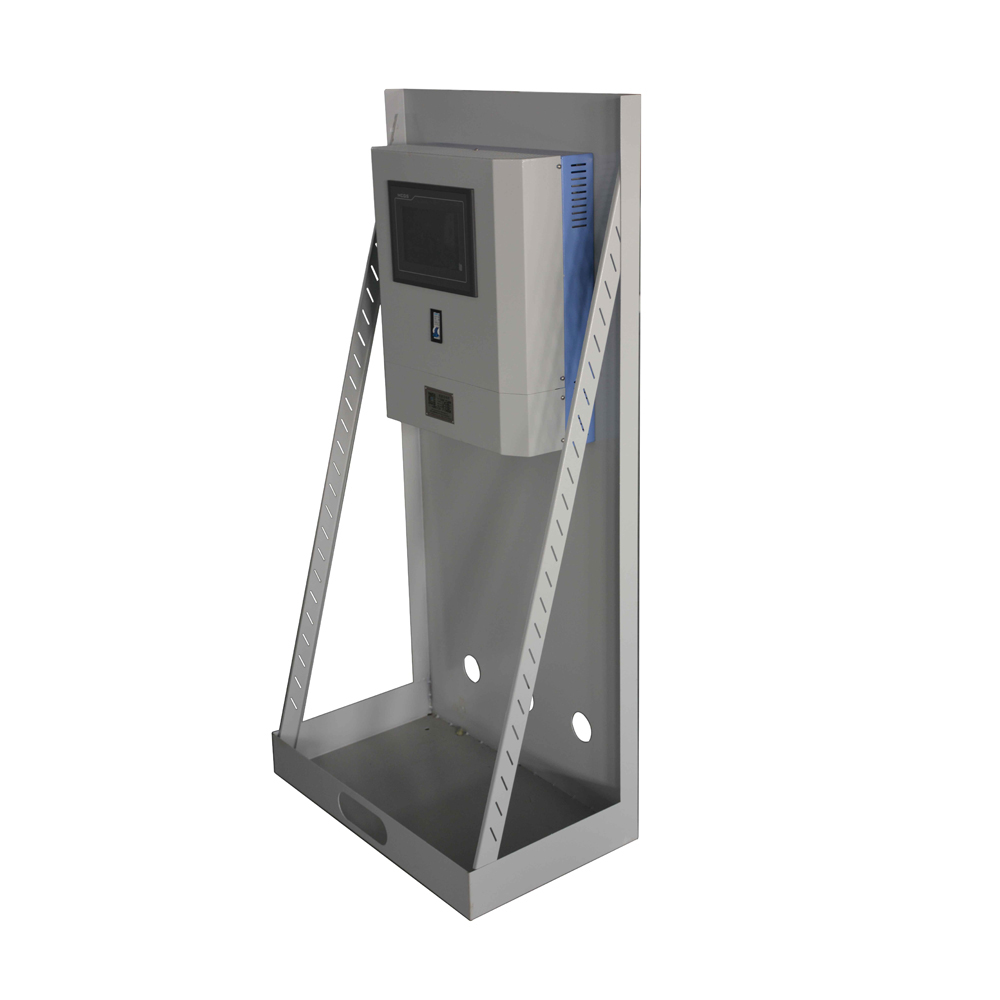

Battery Charger,Lipo Battery Charger,Hf Battery Charger,Three Stage Battery Charger
Xinxiang Taihang Jiaxin Electric Tech Co., Ltd , https://www.chargers.be